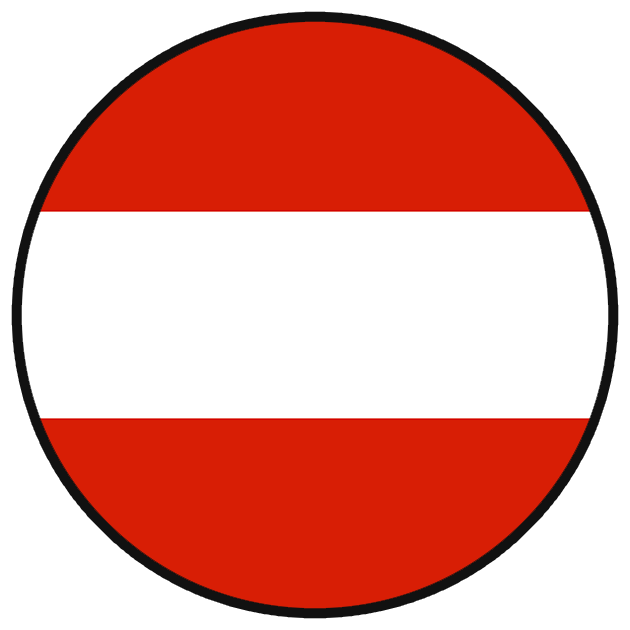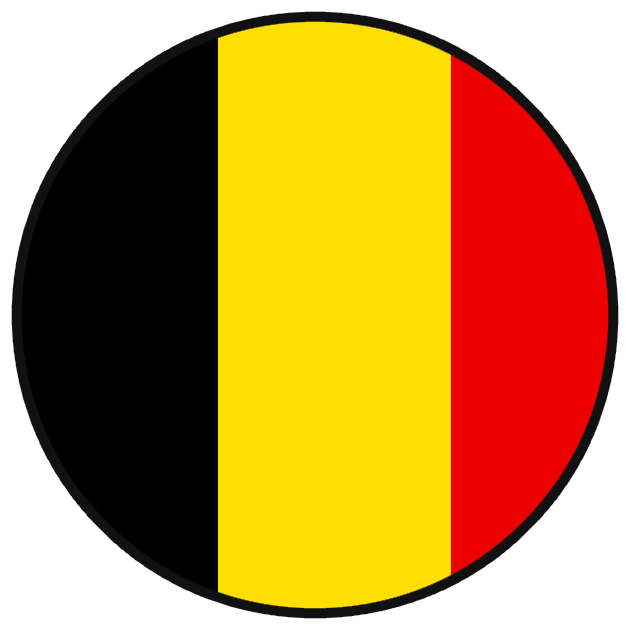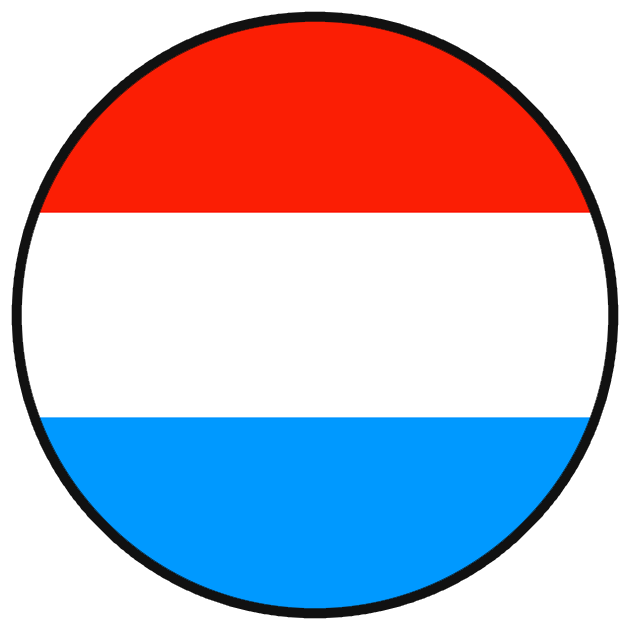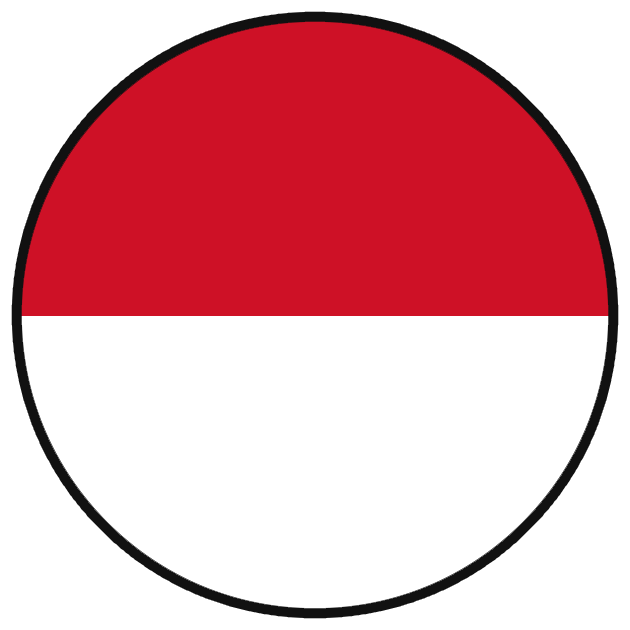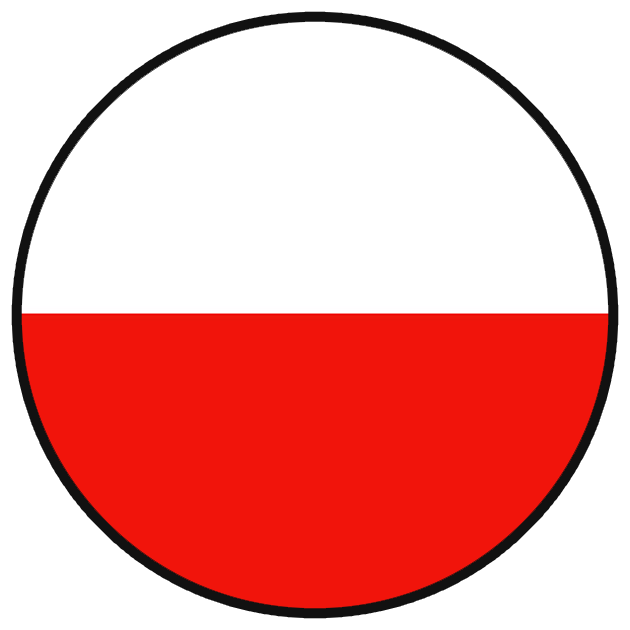Miguel Angel working with a honey hive surrounded by orange trees at Naranjas del Carmen
We work hand in hand with the bees in order to produce your honey. In doing so we have a perfect division of tasks: The bees are responsible for the collection of nectar, which they extract from flowers to turn it afterwards into delicious honey. The beekeeper does his best to support them and takes the beehives to places where they can find a lot of flowers to pollinate. Moreover, he oversees their work so that the hive can develop under optimal conditions.
With the arrival of spring, we bring our beehives to the plantation of Naranjas del Carmen. When the queen bee realizes that the honey production increases, she knows that her beehive is surrounded by millions of blossoms waiting for her bees to be pollinated. Consequently, she raises the production of eggs and additional worker bees are born to help their sisters.
The transformation of nectar into honey
- Collection of nectar: The foraging bee takes care of the collection of nectar, which is produced within the flowers and turned afterwards into delicious honey. The nectar could be considered as the reward the flowers provide the bees in exchange for their (unintentional?) pollination service. Nectar is a very aromatic and sweet substance, which mainly contains natural sugar. The foraging bee collects this substance in her belly and carries it to the beehive.
- Predigestion: When the bee arrives at her hive she gives the nectar to her younger sisters, who are already waiting for her at the entrance. The latter regurgitate the nectar various times and thereby mix it with enzymes that have a special effect on the sugar. As a result, the nectar is turned into honey, which is then stored in the cells. Now, the drying process starts.
- Extraction of water: This step is the key why honey has no expiry date. The liquid substance that is filled into the cells has a very high concentration of water. The high temperatures within the hive and the wind that is produced by the wings of the bees lead to an extraction of water. As soon as this step is completed and the honey is dry, the bees close the cells with natural wax to prevent the entering of humidity and to make sure that the honey is stored under the best conditions.
From the hive to the jar
As soon as the honey is ready, we come into play. We take the frames with the filled honeycombs out of the hive and start with the removal of the wax the bees have used to seal the cells. In a second step, we place them in a centrifuge. Through this process, the honey streams out of the honeycombs and directly into a filter, where remaining wax and flowers are removed. Afterwards, the honey can rest some days and remaining parts of insects or plants can come to the surface. And then – finally – comes the moment, when we can fill the honey into the jars. Enjoy!
Did you know?
- A jar filled with 500 grams of honey is the result of 7,000 working hours of the bees. During this time, they fly around 20,000 km and pollinate up to 10 million flowers. In order to show the bees how thankful we are for their work, we provide them an environment free from the harmful influences of pesticides.
- Honey does NOT EXPIRE. Due to the low percentage of water and the high percentage of natural sugar, bacterium cannot develop.





 My account
My account 














